From Forest to Fuel: The Process and Benefits of Forest Bioenergy
- September 2, 2024
- 0 comment
Forest bioenergy represents a crucial element in the global transition to renewable energy. By harnessing the organic material found in forests, we can generate a sustainable energy source that helps mitigate climate change. Forest bioenergy taps into the vast reserves of biomass, the organic material that can be converted into energy. This process not only reduces our reliance on fossil fuels but also promotes a circular economy where waste materials are repurposed for energy production.
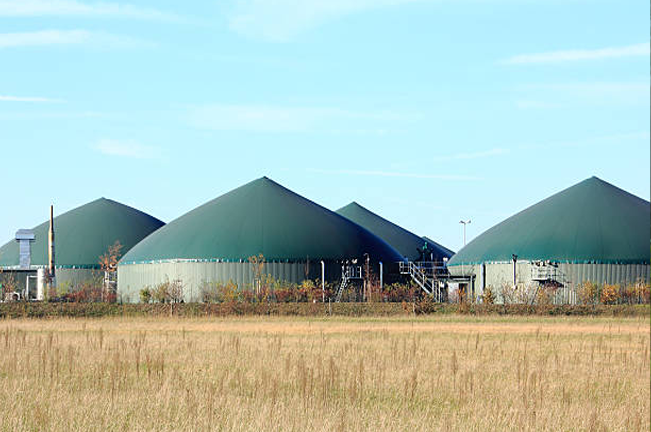
Biomass is the cornerstone of forest bioenergy. It includes everything from tree residues left after logging operations to dead wood and other organic matter that would otherwise decompose naturally. The use of forest biomass for energy production aligns with the principles of carbon neutrality, where the carbon released during the burning of biomass is offset by the carbon absorbed by trees during their growth. This cycle plays a significant role in reducing net carbon emissions, making forest bioenergy a key player in climate change mitigation efforts.
Table of Content
- The Process of Converting Forest Biomass to Bioenergy
- Environmental Benefits of Forest Bioenergy
- Economic and Social Benefits of Forest Bioenergy
- Challenges and Considerations in Forest Bioenergy
- The Future of Forest Bioenergy
- FAQs
The Process of Converting Forest Biomass to Bioenergy
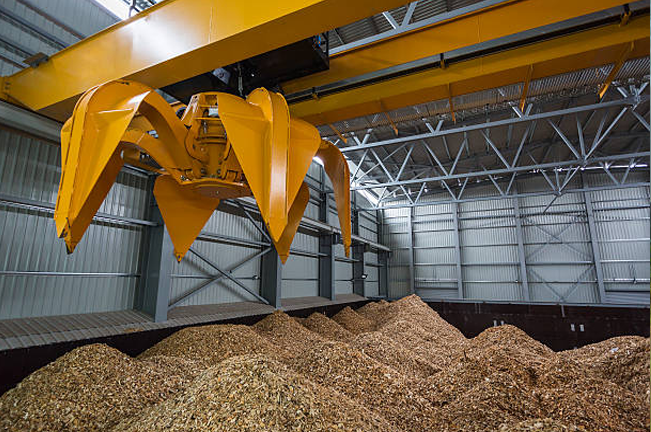
Harvesting and Collection of Forest Biomass
The first step in converting forest biomass into bioenergy involves the careful harvesting and collection of organic materials. Forest residues, such as branches, leaves, and bark, are often left behind after logging operations. These residues, along with thinning materials and dead wood, are prime candidates for biomass energy production. Sustainable harvesting practices ensure that the removal of biomass does not harm the forest ecosystem. By selectively harvesting these materials, we can maintain forest health while utilizing resources that would otherwise go to waste.
Biomass Transportation and Storage
Once collected, forest biomass must be transported to bioenergy facilities. This step requires careful logistics planning to minimize the carbon footprint of transportation. Proper storage techniques are also essential to maintain the quality of the biomass. Keeping the biomass dry and well-ventilated prevents decomposition and energy loss, ensuring that the material is in optimal condition for energy conversion.
Conversion Technologies
Forest biomass can be converted into energy through several methods, each offering distinct advantages. Thermal conversion, which includes combustion, gasification, and pyrolysis, involves heating the biomass to produce heat, electricity, or biofuels. Combustion is the most straightforward process, where biomass is burned to generate heat. Gasification converts biomass into a synthetic gas that can be used to produce electricity or chemicals, while pyrolysis breaks down organic material into bio-oil and biochar.
Biological conversion, such as anaerobic digestion and fermentation, relies on microorganisms to break down biomass and produce biogas or bioethanol. Mechanical conversion, including pelletization and briquetting, compresses biomass into dense forms that are easier to transport and burn.
Energy Production and Distribution
The energy produced from forest biomass can be converted into various forms, including heat, electricity, and liquid fuels. This versatility makes forest bioenergy suitable for a wide range of applications, from heating homes to powering industries. The distribution of bioenergy to end-users follows the same channels as conventional energy sources, ensuring that bioenergy can seamlessly integrate into existing energy infrastructures.
Environmental Benefits of Forest Bioenergy
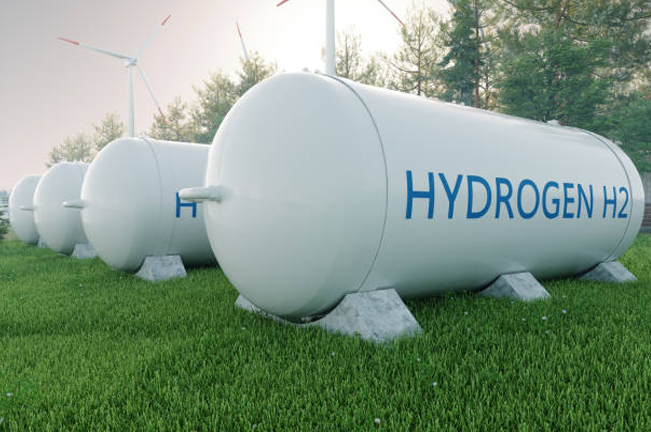
Carbon Sequestration and Reduction
One of the most significant environmental benefits of forest bioenergy is its role in carbon sequestration. Forests act as carbon sinks, absorbing carbon dioxide from the atmosphere during photosynthesis. When managed sustainably, the carbon released during the burning of biomass is offset by the carbon absorbed by new forest growth. This balance contributes to the reduction of greenhouse gas emissions, helping to combat climate change.
Waste Reduction and Forest Health
Utilizing forest residues for bioenergy production also aids in waste reduction. By converting materials that would otherwise decompose into energy, we reduce the amount of organic waste in forests. This practice can help prevent the buildup of dead wood and other debris, which, if left unmanaged, could increase the risk of forest fires. Sustainable biomass removal supports forest health by maintaining a balance between organic material accumulation and decomposition.
Support for Biodiversity and Ecosystem Services
When managed correctly, forest bioenergy harvesting can enhance biodiversity. By selectively removing biomass, we can create a more diverse habitat structure, benefiting various species. Additionally, the preservation of ecosystem services, such as water filtration and soil stabilization, is possible through balanced forest management practices that integrate bioenergy production.
Economic and Social Benefits of Forest Bioenergy

Job Creation and Rural Development
The bioenergy sector presents significant economic opportunities, particularly in rural areas where forest resources are abundant. The entire process, from biomass harvesting to energy production, creates jobs and stimulates local economies. Bioenergy projects can revitalize rural communities by providing steady employment and attracting investment.
Energy Security and Independence
Forest bioenergy contributes to energy security by reducing dependence on fossil fuels. By utilizing domestic forest resources, countries can achieve greater energy independence, protecting themselves from the volatility of global energy markets. The diversification of energy sources through bioenergy also strengthens the resilience of energy systems.
Community and Stakeholder Engagement
Successful bioenergy projects often involve close collaboration between forest owners, industries, and local communities. By engaging stakeholders, these projects can ensure that bioenergy production aligns with community goals and values. The involvement of local communities not only fosters support for bioenergy initiatives but also helps to share the economic and environmental benefits more broadly.
Challenges and Considerations in Forest Bioenergy
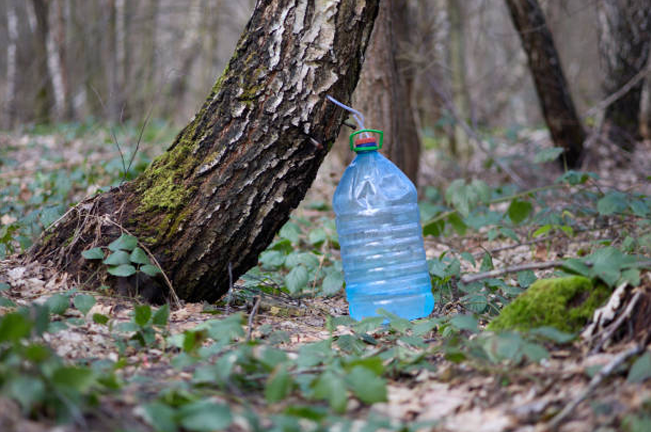
Sustainability and Resource Management
Despite its many benefits, forest bioenergy also presents challenges, particularly in terms of sustainability and resource management. Ensuring that biomass harvesting does not lead to overharvesting or forest degradation is critical. Sustainable management practices must be in place to balance bioenergy production with the long-term health of forest ecosystems.
Technological and Economic Barriers
The bioenergy sector faces technological and economic barriers that can hinder its growth. Developing cost-effective and efficient conversion technologies is essential for making bioenergy competitive with other energy sources. Additionally, policy and financial support are needed to overcome these challenges and promote the expansion of the bioenergy sector.
Environmental Trade-offs
While forest bioenergy offers environmental benefits, it also involves trade-offs. The impact on soil, water, and wildlife must be carefully managed to avoid negative consequences. Moreover, competition with other forest products, such as timber and non-timber products, must be considered to ensure that bioenergy production does not compromise other vital forest functions.
The Future of Forest Bioenergy
Innovations and Emerging Technologies
The future of forest bioenergy is promising, with ongoing innovations and emerging technologies set to enhance its efficiency and sustainability. Advances in bioenergy conversion processes and the development of new biomass feedstocks will play a crucial role in the sector’s growth. These innovations are essential for making forest bioenergy a cornerstone of the global transition to a low-carbon future.
Global Trends and Policy Directions
International efforts to promote sustainable bioenergy are gaining momentum. Global trends, such as the adoption of climate policies that support renewable energy, are driving the expansion of the bioenergy sector. The impact of these policies on forest bioenergy will shape its development in the coming years, influencing everything from investment decisions to technological innovation.
Long-term Potential and Sustainability Goals
Looking ahead, forest bioenergy has the potential to meet a significant portion of future energy needs sustainably. Integrating bioenergy with broader climate action strategies, such as reforestation and carbon sequestration projects, will be critical to realizing this potential. The long-term success of forest bioenergy depends on continued innovation, sustainable management practices, and strong policy support.
Frequently Asked Questions (FAQs)
1. What is forest bioenergy?
Forest bioenergy refers to energy produced from forest biomass, which includes organic materials such as wood residues, dead wood, and other plant matter from forests. This biomass is converted into heat, electricity, or biofuels through various processes, providing a renewable energy source.
2. How does forest bioenergy contribute to renewable energy?
Forest bioenergy is a form of renewable energy because it relies on the continuous growth and harvesting of biomass, which can be replenished over time. It helps reduce reliance on fossil fuels and supports a more sustainable energy system.
3. What types of forest biomass are used for bioenergy?
Common types of forest biomass used for bioenergy include tree residues left after logging, thinning materials, dead wood, and other organic matter that would otherwise decompose naturally. These materials are collected and converted into energy through various technologies.
4. What are the main methods of converting forest biomass to bioenergy?
Forest biomass can be converted into energy through thermal conversion (e.g., combustion, gasification, pyrolysis), biological conversion (e.g., anaerobic digestion, fermentation), and mechanical conversion (e.g., pelletization, briquetting). Each method produces different forms of energy, such as heat, electricity, or biofuels.
5. What are the environmental benefits of forest bioenergy?
Forest bioenergy offers several environmental benefits, including carbon sequestration, waste reduction, and support for biodiversity. By using forest residues for energy, we can reduce greenhouse gas emissions, prevent waste buildup, and promote forest health.
6. How does forest bioenergy help with carbon sequestration?
Forest bioenergy is considered carbon-neutral because the carbon released during biomass combustion is offset by the carbon absorbed by trees during their growth. This cycle helps reduce the net carbon emissions and contributes to climate change mitigation.
7. What economic and social benefits does forest bioenergy provide?
Forest bioenergy creates jobs, stimulates rural development, and enhances energy security. It provides economic opportunities in rural areas where forest resources are abundant and reduces dependence on fossil fuels by utilizing domestic energy sources.
8. What are the challenges associated with forest bioenergy?
Challenges in forest bioenergy include ensuring sustainability, overcoming technological and economic barriers, and managing environmental trade-offs. Sustainable resource management is crucial to prevent overharvesting and forest degradation, while policy support is needed to address economic and technological hurdles.
9. How is sustainability maintained in forest bioenergy production?
Sustainability is maintained through careful resource management, which includes selective harvesting practices, balanced biomass removal, and adherence to environmental standards. These practices ensure that forest bioenergy production does not harm the long-term health of forest ecosystems.
10. What is the future of forest bioenergy?
The future of forest bioenergy is promising, with ongoing innovations and emerging technologies set to enhance its efficiency and sustainability. As global trends and climate policies increasingly support renewable energy, forest bioenergy is expected to play a growing role in the transition to a low-carbon future.
11. How does forest bioenergy fit into global climate action strategies?
Forest bioenergy fits into global climate action strategies by contributing to carbon sequestration, reducing greenhouse gas emissions, and promoting sustainable land use. Integrating bioenergy with reforestation and conservation efforts enhances its potential to meet future energy needs sustainably.

Gilbert Griffin
Forestry AuthorGilbert Griffin is a forest management expert specializing in sustainable practices, forest health, conservation, and land management. With extensive knowledge in pest control, disease management, and habitat restoration, Gilbert develops strategies to preserve forest ecosystems and biodiversity. Passionate about the natural world, Gilbert adapts to changes in forest management and stays updated through continuous learning. Gilbert also provides seasonal advice to optimize forest care throughout the year.


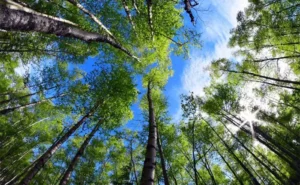

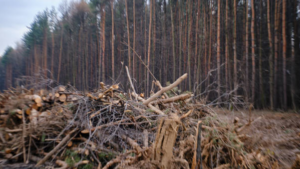

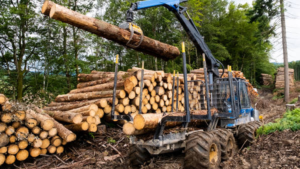

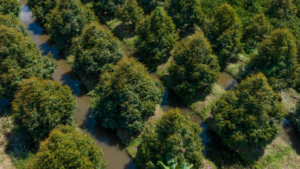

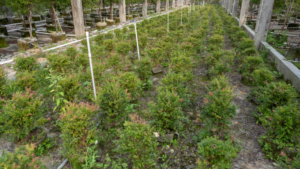


Leave your comment